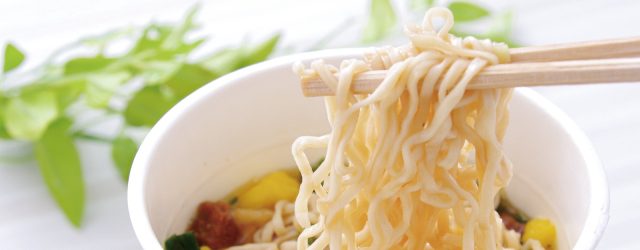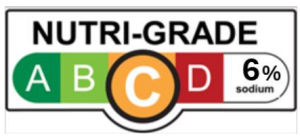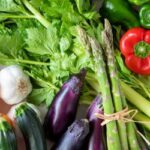
The Ministry of Health (MOH) of Singapore announced on April 6 that it will extend Nutri-Grade labelling requirements beyond beverages, which have already been subject to the measures, to include prepacked salt, sauces, seasonings, instant noodles, and cooking oil (hereafter: SSSIO) starting from mid-2027.
Nutri-Grade labelling is an initiative that evaluates products based on the content of specific nutrients, and labels this grade prominently on the front of packaging (in addition to the mandatory nutrition information) to help consumers make more informed dietary choices.
The background to this move lies in growing concerns over the health of Singapore residents. According to the National Nutrition Survey 2022, the average daily sodium intake among Singaporeans is about twice the recommended amount, and the intake of saturated fats also exceeds recommended levels. As these nutrients are known to contribute to chronic conditions such as hypertension, the aim of extending Nutri-Grade labelling requirements to their main sources (SSSIO products) is to support consumers in making healthier choices.
This change will extend the Nutri-Grade labelling requirements for beverages (based on their sugar and saturated fat content, which have been in place since 2022) to a wider range of products. The labelling requirements will apply to five food types (SSSIO) and their 23 sub-categories sold in retail settings.
Each category has specified combinations of assessed nutrients of concern (sodium, saturated fat, and sugar) with their grading thresholds. SSSIO products will be assigned a Nutri-Grade of “A”, “B”, “C”, or “D” based on the levels of nutrients of concern, with lower nutrient levels corresponding to a higher grade.
For example, soy sauce will be evaluated based on its sodium and sugar content, while mustard will be evaluated based on sodium, saturated fat, and sugar. If the product contains multiple nutrients of concern of varying grades, the final grade will be determined by the poorest grade among them.
Products graded “C” or “D” must display the Nutri-Grade label on the front of the product packaging. For products with Grade “D”, advertising will be prohibited in all forms, including physical and online platforms. Displaying the label for products graded “A” or “B” will be optional. With this announcement, the labelling format (including that for beverages already covered under existing regulations) will be updated to label not only the Nutri-Grade, but also the names of the nutrients of concern that determine the final grade (see Figure 1, on the right).
Front-of-Pack Nutrition Labelling (FOPNL), such as Nutri-Grade labelling, has become a global trend among countries including Japan (Japanese). The aim is to empower consumers by providing clear and accessible nutrition information, thereby enhancing understanding and supporting more informed dietary choices. Even though the exact implementation date for the extended measures hasn’t been announced yet, businesses that export to Singapore (or are considering it) are advised to check if their products are in the affected categories and implement appropriate measures.
Share/Like/Follow:
Newsletter Signup
We issue monthly e-newsletters, which provide you with the latest updates on food labeling/regulations in Japan.
If you want to make sure to not miss any issue, please click below.
Related Service
Research Services on Ingredients & Food Labeling -For the Japanese Market-
We verify the conformity of ingredients and additives with the standards for use in Japan based on specifications such as formulation lists. We also verify the conformity of the proposed labeling of ingredient names, nutrients, etc. with the labeling standards based on specifications such as formulation lists.
Label bank Co., Ltd. Regulatory Review and Development
Born in Japan. Specializing in agriculture, she is engaged in research work on ingredients and additives exported from Japan to overseas, and provides consulting services on food standards, additives, and food labeling.







